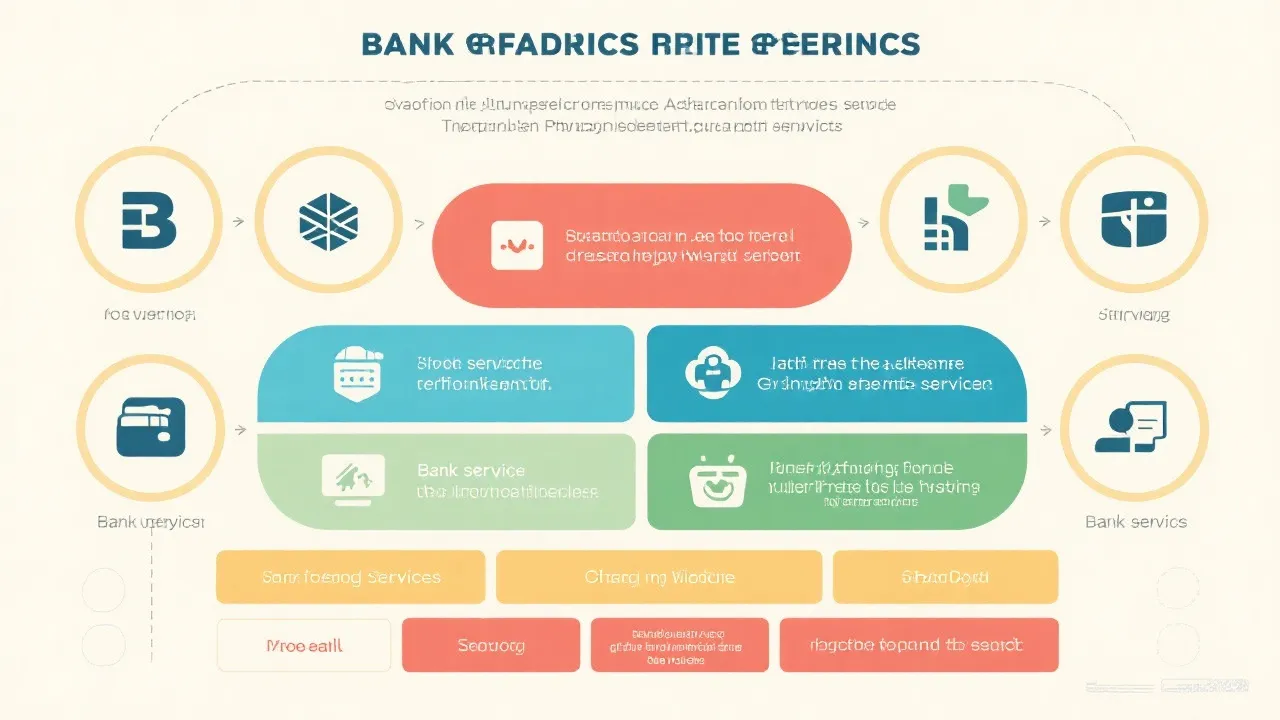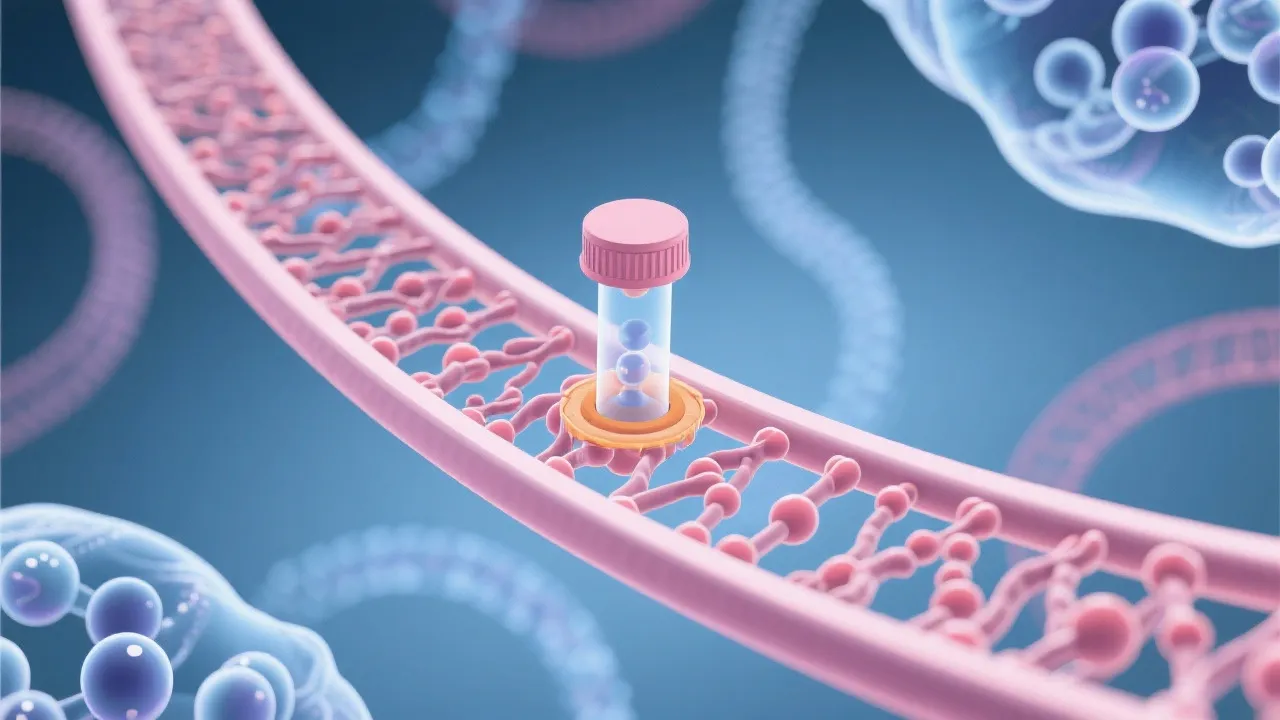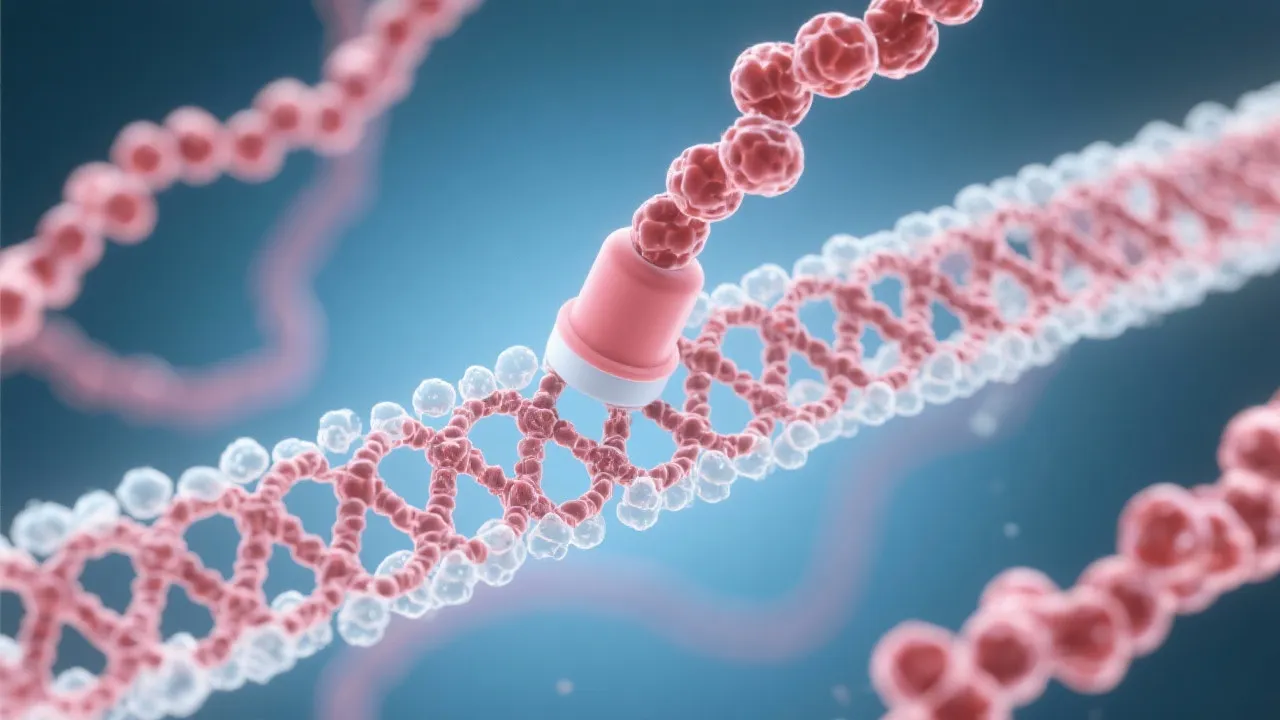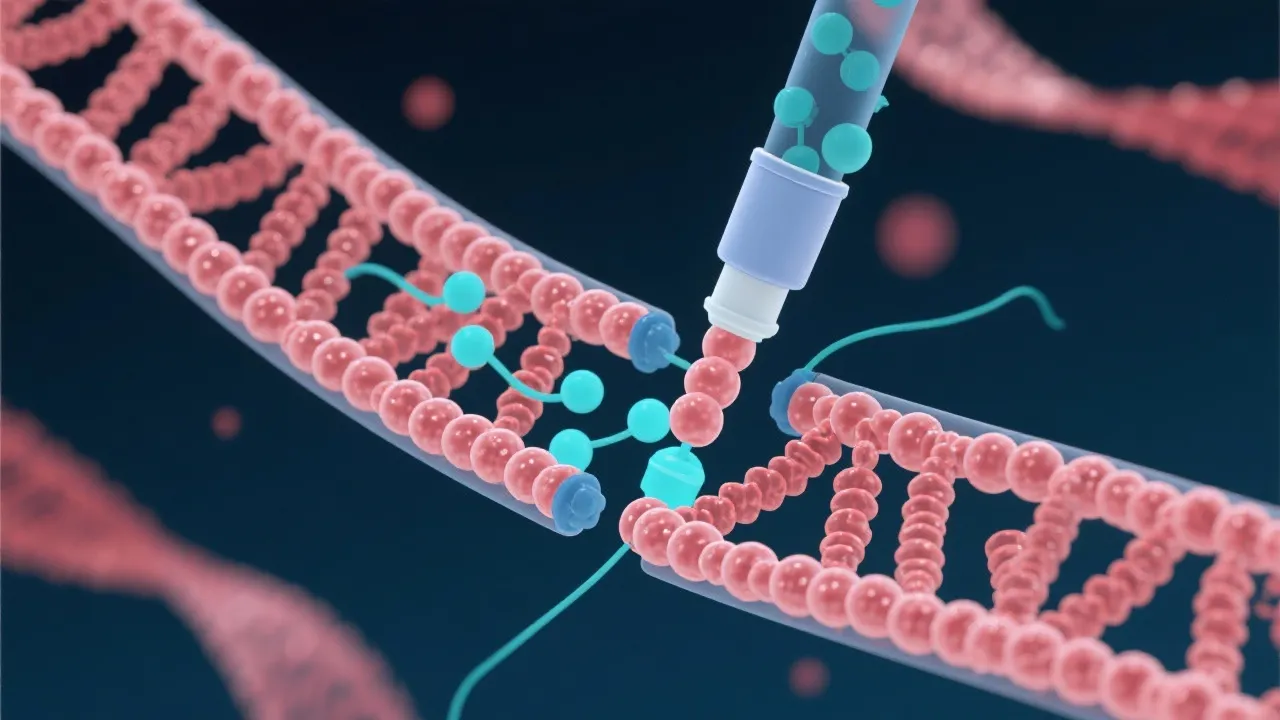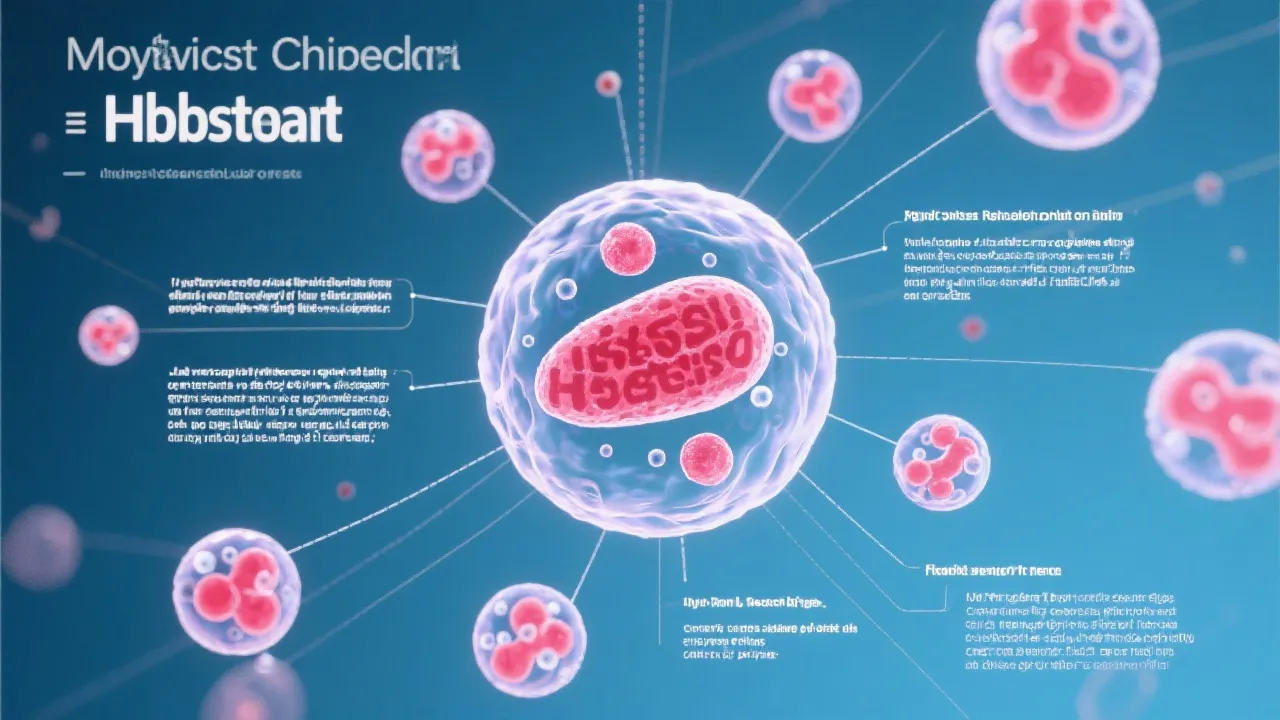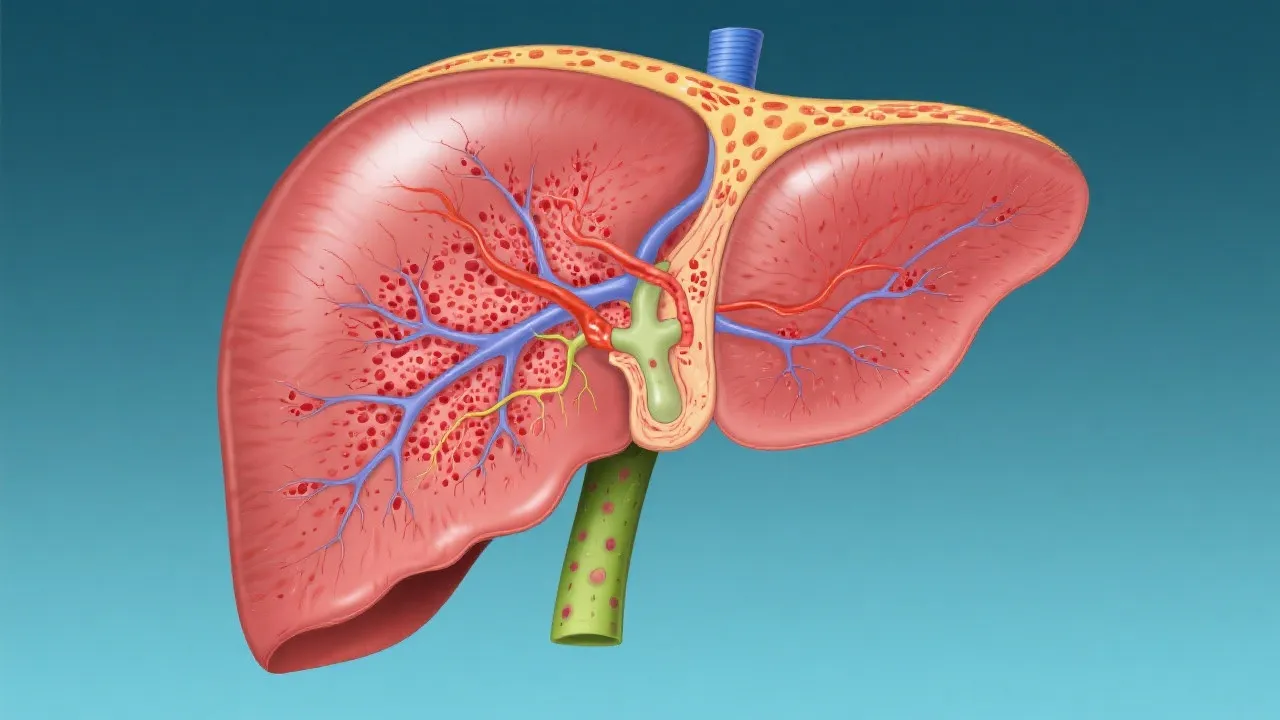Understanding mRNA Capping
mRNA capping is a crucial biochemical process in eukaryotic cells that enhances mRNA stability and facilitates its translation into proteins. This fundamental step in gene expression directly impacts numerous biological functions and has vital implications in biotechnological applications and medical research, especially within fields like virology and genetic disorders.
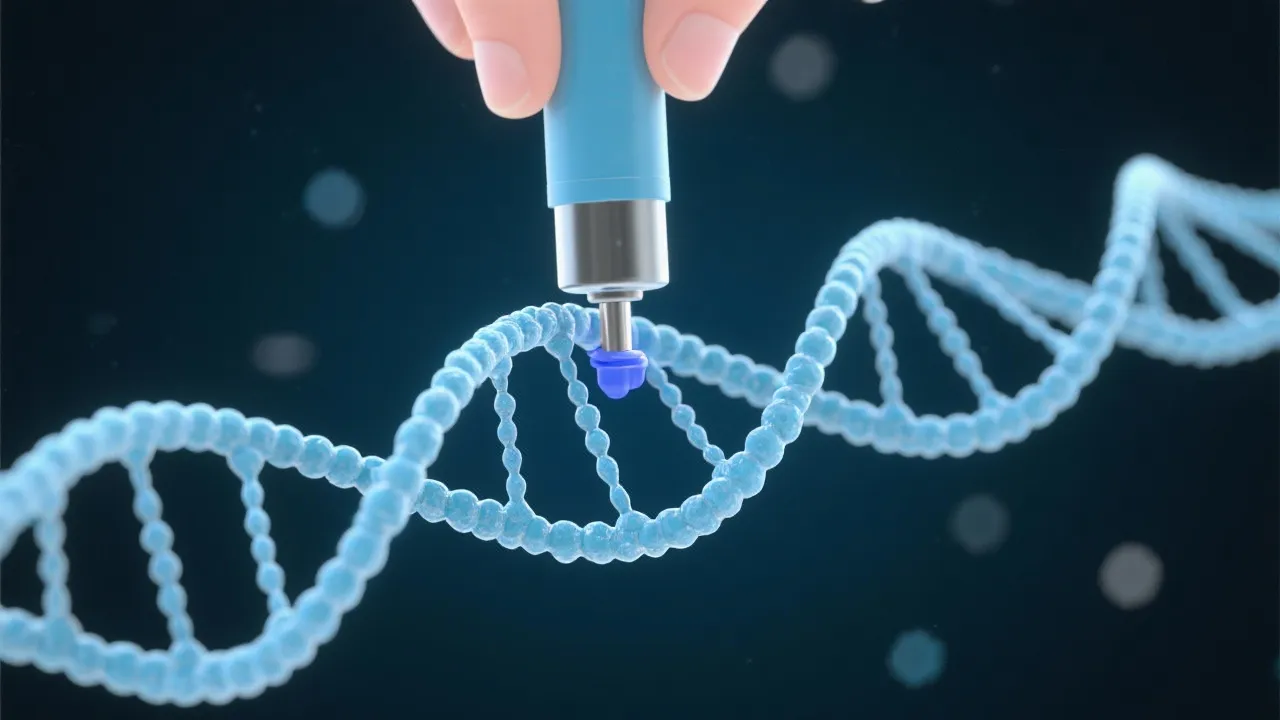
Unveiling the Basics of mRNA Capping
Messenger RNA (mRNA) capping is a fundamental biochemical modification essential for eukaryotic gene expression. This process involves the addition of a cap structure at the 5' end of the nascent mRNA molecule, serving several critical roles within cellular processes. These roles include mRNA stability, export from the nucleus, and translation initiation. Understanding mRNA capping is vital for comprehending how gene expression is regulated and how genetic information is ultimately translated into functional proteins.
The Significance of mRNA Capping
Without mRNA capping, RNA molecules become highly unstable and are quickly degraded by nucleases within the cellular environment. This instability could significantly impact gene expression, leading to a decrease in protein outputs. In addition to enhancing mRNA stability, the cap structure also prevents degradation by exonucleases, promotes ribosomal binding, and supports efficient splicing and termination of transcription. A properly capped mRNA is more likely to be exported from the nucleus, where it undergoes translation into proteins, thus impacting various metabolic pathways and cellular functions.
Detailed Mechanism of mRNA Capping
The capping process occurs during transcription, when the mRNA molecule is being synthesized by RNA polymerase II. It is a multi-step pathway that involves several different enzymes, each playing a specific role:
- RNA Triphosphatase: This enzyme removes the gamma phosphate from the 5' triphosphate end of the nascent mRNA, leading to the formation of a diphosphate end. This modification is crucial, as it prepares the mRNA for further capping reactions.
- Guanylyltransferase: Following the action of RNA triphosphatase, this enzyme catalyzes the transfer of GMP from GTP to the newly formed diphosphate end, thus creating a 5' to 5' triphosphate linkage. The product of this reaction is the so-called "cap," which consists of a guanine nucleotide connected to the mRNA transcript.
- Methyltransferase: In the final step, a methyl group is added to the guanine base by this enzyme, forming the characteristic 7-methylguanylate cap. This methylation is critical for the stability and functionality of the mRNA, as it enhances the ability of the mRNA to interact with cap-binding proteins, which are vital for translation initiation.
This sequential enzymatic action exemplifies the efficiency of cellular processes and the intricate mechanisms of regulation at the molecular level.
The Role of Cap-Binding Proteins
Once the mRNA is capped, various cap-binding proteins associate with the 5' cap structure. One of the key players in this area is the eukaryotic translation initiation factor 4E (eIF4E). eIF4E recognizes the cap structure and is essential for the recruitment of ribosomes to the mRNA for translation initiation. This interaction is fundamental to the efficiency of protein synthesis because it helps facilitate the assembly of the translation machinery at the mRNA's ribosome entry site.
Moreover, cap-binding proteins play roles beyond just translation initiation. They are involved in protecting the mRNA from degradation, influencing splicing, and supporting the export of mRNA from the nucleus to the cytoplasm. The interplay between various cap-binding proteins and the mRNA structure underscores the multi-faceted roles of capping in gene expression.
Applications in Biotechnology and Medicine
Understanding and harnessing mRNA capping have substantial impacts on biotechnology and medicine. The advances in synthetic biology and the production of mRNA-based vaccines, such as those developed for COVID-19, leverage this vital knowledge to improve vaccine stability and efficacy. Researchers are continually exploring ways to enhance mRNA properties for therapeutic applications.
For example, one of the challenges in mRNA therapeutics has been ensuring that the mRNA is stable enough to elicit a robust immunological response. The incorporation of optimized capping structures has been shown to increase the half-life of mRNA in the body and enhance its translation efficiency. Such modifications facilitate greater expression levels of desired antigens, leading to improved vaccine efficacy.
Beyond vaccines, mRNA therapeutics are being explored for a variety of applications, ranging from gene therapy to the treatment of genetic disorders. The ability to control and optimize the properties of mRNA through capping and other modifications represents a significant leap forward in medical innovation.
Comparative Table of Capping Enzyme Functions
| Enzyme | Function |
|---|---|
| RNA Triphosphatase | Removes gamma phosphate from mRNA's 5' end to prepare for capping. |
| Guanylyltransferase | Adds GMP to mRNA, forming a unique cap structure that enhances stability. |
| Methyltransferase | Methylates guanine, completing the cap formation and protecting the mRNA. |
The Impact of mRNA Capping on Gene Regulation
The process of mRNA capping has broader implications in gene regulation and cellular dynamics. The presence of a cap structure can influence the overall life cycle of mRNA within the cell. Capped mRNA is preferentially recognized by the cellular machinery responsible for translation and decay, leading to a more controlled turnover of RNA molecules.
Additionally, capped mRNAs are more likely to undergo proper splicing events, which is crucial for the creation of mature mRNA forms that can efficiently translate into functional proteins. Alternative splicing pathways, in which different mRNA isoforms are generated from a single gene, often depend on precise capping and splicing mechanisms for their proper functioning. By facilitating regulated gene expression, mRNA capping has a profound effect on cellular adaptability and response to stimuli.
Frequently Asked Questions (FAQs)
What is the primary purpose of mRNA capping?
mRNA capping protects the RNA molecule from degradation and supports subsequent processes like translation and splicing. It acts as a necessary signal for the cell, indicating that the RNA is ready for translation and further processing.
How does mRNA capping influence vaccine development?
In mRNA vaccines, the cap is crucial for ensuring the mRNA is stable and efficiently translated into proteins required for vaccination. Enhancements in capping can lead to increased potency of the vaccine and better immune responses, which is crucial in the development of effective immunization strategies.
Is mRNA capping specific to humans?
No, mRNA capping occurs in all eukaryotic organisms as a universal mechanism for mRNA processing and stabilization. This conservation across species highlights the importance of capping in cellular processes and evolutionary significance in gene expression regulation.
What are some other modifications that occur in mRNA processing?
Aside from capping, mRNA undergoes several other modifications, including polyadenylation, which involves adding a poly(A) tail at the 3' end of the mRNA, and splicing, where introns are removed, and exons are joined together. These processes collectively contribute to producing a functional mRNA molecule.
Can mRNA capping play a role in disease?
Yes, dysregulation of mRNA capping processes and related pathways can contribute to various diseases. For instance, some cancers have been linked to improper mRNA processing, where defective capping may lead to overexpression of oncogenes or loss of tumor suppressor function. Understanding these pathways provides essential insights into therapeutic targets for treating such conditions.
How does mRNA capping affect the efficacy of RNAi-based therapies?
In small interfering RNA (siRNA) or microRNA (miRNA)-based approaches, the presence of a cap structure can prevent unintended interactions or degradation of these molecules, ensuring they remain effective in mediating gene silencing pathways. Consequently, mRNA capping can enhance the specificity and durability of RNAi therapies.
Concluding Thoughts
mRNA capping exemplifies a critical intersection between molecular biology and applied sciences. It not only underscores the complexity of genetic regulation but also highlights how fundamental research can lead to transformative applications in health and disease management. The growing importance of mRNA-based technologies in vaccines, therapeutics, and gene editing demonstrates how foundational biological processes can drive innovation and improve human health.
The study of mRNA capping also opens up new avenues for research, encouraging investigators to delve deeper into how modifying this one aspect of RNA biology can dramatically alter outcomes in various biological contexts. As science continues to advance our understanding of these molecular mechanisms, the possibilities for novel therapies and biological discoveries remain vast, signaling a bright future for research in mRNA biology and its applications.
In conclusion, the ongoing exploration of mRNA capping, its underlying mechanisms, and its relevance to human health exemplifies an area rich with potential and societal impact. As researchers uncover the intricacies of these processes, we stand on the brink of new discoveries that will continue to push the boundaries of our understanding of genetics and biotechnology.


